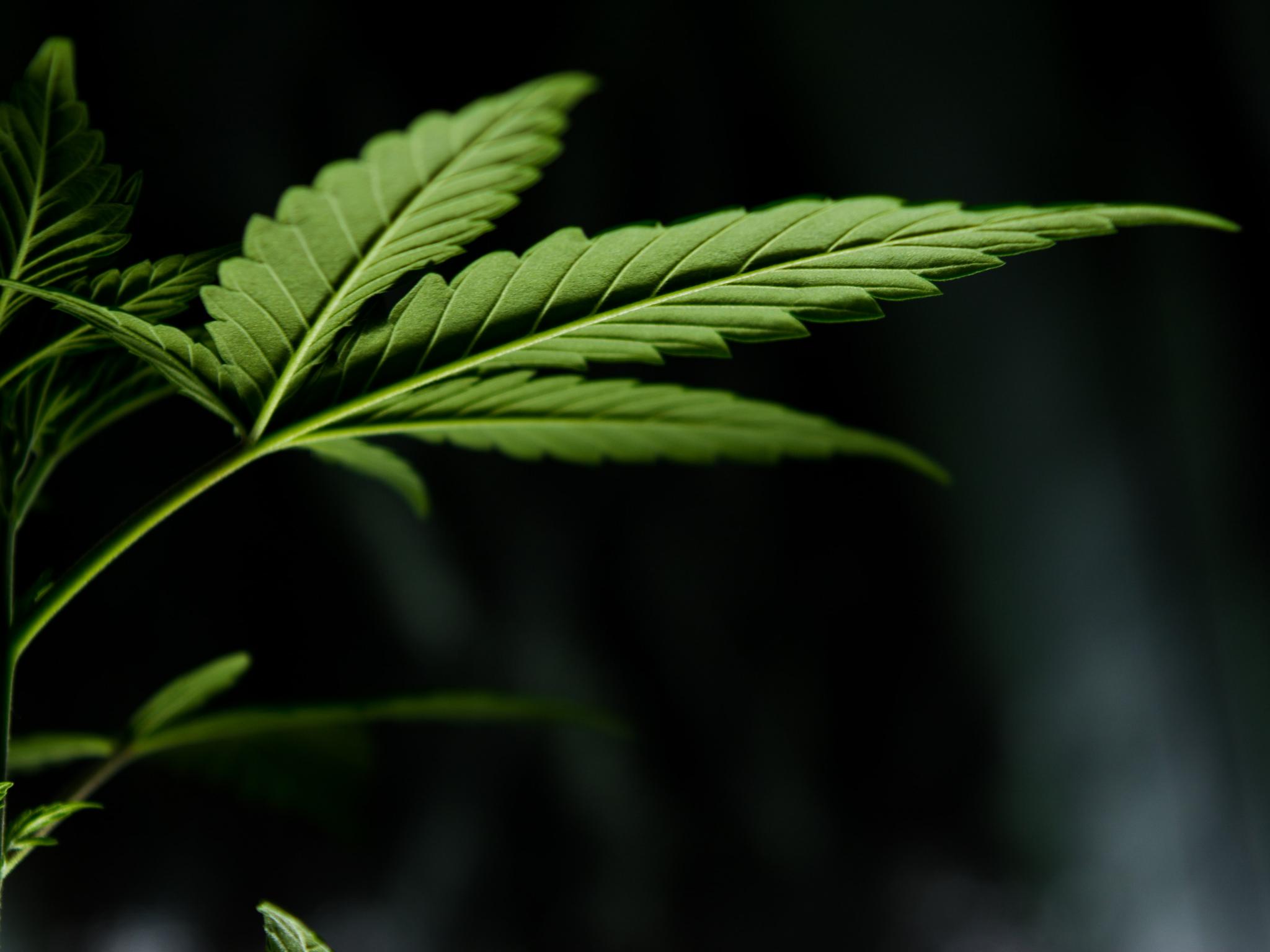
There is a perception that licensed legal cannabis businesses are essentially printing money. Year after year, mainstream news articles tout the exponential growth of the industry, the record-breaking sales figures each 4/20 and the increasing number of states enacting or considering legalization. However, these reports exclude how increasing competition, festering federal uncertainty, a prospering illicit market and crippling taxes and regulations chip away at profits. In fact, due to 280E, a typical multi-state operator is paying an effective tax rate of more than 60% each year, while Amazon's effective federal income tax rate was 6.1% in 2021.
Under the best of economic conditions, the circumstances cannabis businesses function under are challenging to navigate and maintain a profit. But today, the cannabis industry is at an inflection point. Wholesale prices are down double digits, the illicit market is running rampant and increased competition is driving price compression and out-of-control discounting among retailers and brands, reducing profits even further. Seemingly under siege on multiple fronts, cannabis businesses are struggling more than ever in the legal industry’s brief history.
Although the cannabis space is still growing and will only increase in size, the sad truth is a reckoning is coming. The realities of the macroeconomic conditions impacting every other industry cannot be avoided and are an increasing drag on an already overburdened industry. Rising inflation rates and concerns over political uncertainty are taking a toll. And the cannabis industry has its own unique problems that keep real progress at bay:
-
A high taxation rate pushes many consumers away from the regulated market and to illicit dealers where products aren’t guaranteed to be tested and safe.
-
Falling wholesale prices and increased competition force discounting that flatten margins.
-
The lack of federal legislative action on banking issues continues to weigh the industry down.
Forces are combining to create the industry’s first sustained downturn, which is already underway. There have been layoffs at high-profile cannabis tech companies. Shares of some publicly-traded cannabis companies have plunged more than 70% since February 2021. Sales are off from projected levels. And merger and acquisition activity will continue to force rightsizing.
Price wars drive down revenue; social equity efforts stall
Development of industrial agricultural processes in cannabis has led to commodification of the crop, pushing wholesale prices down by 18% year-over-year. In the meantime, increased competition is leading some less sophisticated cannabis retailers and brands to dramatically discount products, relinquishing millions in bottom-line revenue in the process. While price compression was expected, it arrived sooner and has been more formidable than anticipated. And there’s little chance price compression will reverse on a commodity crop.
As states expand their markets by adding licenses for more dispensaries and producers in an effort to maximize tax revenue, the problem is exacerbated. More outlets equal more taxes but also increased competition which has ignited a race to the bottom in discounting. Progressive state laws embolden the illicit market.
The cannabis industry and many recent states legalizing adult-use cannabis have made it clear that cannabis policy is also a social equity issue. But the progress of awarding licenses to social equity applicants is stymied by the industry’s ongoing lack of financing options. It is laudable to award 50% of adult-use cannabis licenses to social and economic equity applicants as New York requires. However, if these businesses cannot access necessary capital to stand up an operation, they will never succeed. Until the industry’s longstanding banking problems are resolved at the federal level, social equity efforts are bound to fail.
Federal Policy: Dead on Arrival
Like everyone else, I was hopeful 2020’s ‘Blue Wave’ was going to be beneficial for the cannabis industry. But we were all bamboozled by politicians who lied to get the job and have not followed through on their empty promises. Even despite the watershed moment of Senate Majority leader Chuck Schumer placing the full backing of his office behind cannabis legalization, midterm-election-year politics doom any real federal legislative progress this year.
As congressional minutiae around state protections and safe banking for cannabis continues, we are watching the slow-motion decimation of a powerful job-creating industry, hamstrung due to ineffective leadership that is over-regulating and overtaxing on a state level and completely disregarding and obstructing on a federal level. President Biden ran on his support of the cannabis industry, yet continues himself to manufacture roadblocks against legalization while the country experiences an eye-popping 25% increase in federal cannabis arrests under the Biden regime. Senator Schumer has been completely ineffective introducing legislation that overreaches and is DOA by the time it hits the floor.
While cannabis receives 92% approval at some level from bipartisan constituents, these voters’ representatives continue to work to override the will of the people. The time to receive clear and defined guidance on banking issues from the federal government is now. Our federal representatives must level the playing field for the cannabis industry and allow the same participation in corporate banking and taxes granted to every other regulated industry, from pharmaceuticals to the alcohol industry.
All is not lost: What’s going right
Despite the industry’s current ongoing challenges, growing pains should be considered as the natural lifecycle of a nascent industry certain to experience continued long-term growth. Although layoffs are personally painful, eliminating redundancies and reducing costs are beneficial to a company’s health and necessary for rightsizing an organization for the long haul. Rightsizing an organization demonstrates responsibility and accountability from senior leadership in an industry that often sees more ego-driven, inexperienced decisions. Bottom-line: duplication and wasteful spending are just as bad in a good economy as one under pressure. Smart reductions re-set the table for stability and long-term growth. Then it’s go-time for material progress, otherwise perhaps we need to see some change at the top.
In the end, long-term growth is the ultimate goal, particularly for an industry that is still in its infancy. And the prospects for long-term growth are overwhelmingly positive. In January, U.S. employment in the cannabis industry stood at nearly 429,000 full-time jobs and growing. Even as the country went through the second year of the pandemic, the sector saw a 33% increase in new careers, creating more than 107,000 jobs thus far in 2022. That's about 280 new jobs per day. Of course, there will be tough decisions to be made in the near term. But industry job growth is expected to continue, especially as new markets come online.
In essence, the cannabis industry is not immune to the current economic instability impacting every other facet of the economy. But combined with the industry’s other unique challenges, this turmoil provides an opportunity to course-correct for the next stage of growth and the eventual reform at the federal level. As cannabis industry leadership steps up to make the tough decisions, we can only hope – and demand – that political leaders do the same.







